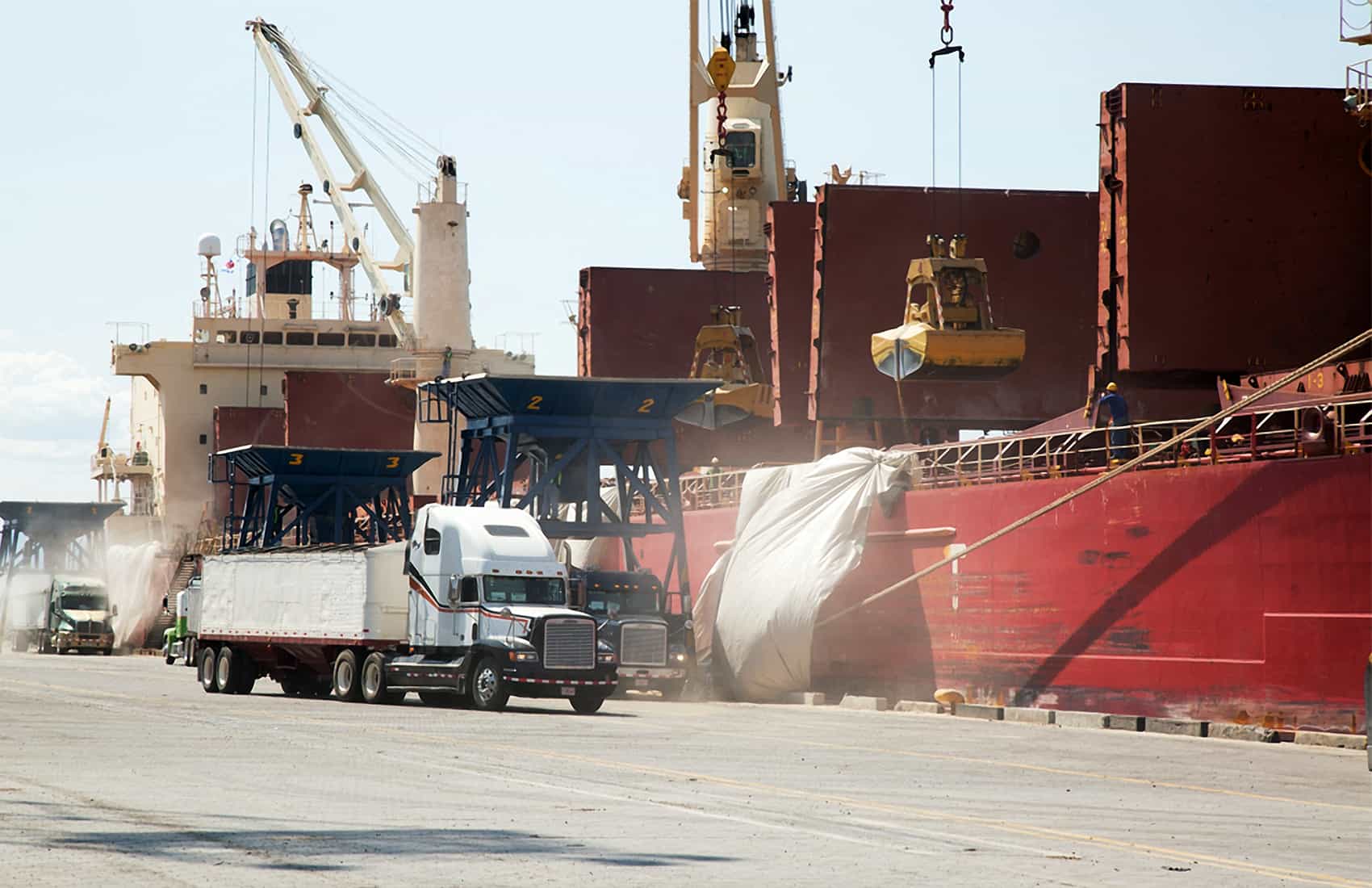A ferry with capacity to transport 100 trucks with goods will begin operations next week in the Pacific Ocean between El Salvador and Costa Rica, which will reduce travel time for transporters throughout Central America.
The “Blue Wave Harmony” ferry will have two departures per week between the Salvadoran port of La Unión, located in the Gulf of Fonseca, and the Costa Rican port of Caldera, the Salvadoran port authority and the ship’s operating company reported on Monday.
The Salvadoran Autonomous Port Executive Commission (CEPA) indicated that this service, which will reduce the travel time from four days to just 16 hours, will begin on August 10 from La Unión, with a return the following day from Caldera.
The overland route between the capitals of both countries, which involves traveling through Honduras and Nicaragua, is 918 kilometers.
According to its promoters, the 170-meter ferry will not only reduce travel time, but also losses from theft on roads and additional costs from bribes at border crossings, in a region where some countries have high crime rates.
“The new route will contribute to regional trade, […] reducing wear and maintenance of cargo units, preventing theft and bribes for a safer environment,” shipping company Blue Wave Corporation said in a press release.
The “Blue Wave Harmony” will offer the only international cargo ferry service in Central America, although there are tourist ferries in the seven countries of the region, including Nicaragua (with lake services).
Solution for exporters
Road transport between El Salvador and Costa Rica involves eight customs processes, according to CEPA, while the ferry will only have two, when the ship departs and arrives.
“The new route will provide a solution to the exporting business sector by improving their supply conditions and trade exchange,” CEPA said.
The ferry will mean “support for land carriers to avoid saturation of roads and reduce time to cross borders,” CEPA stressed, adding that in the future the ship could also offer passenger service. On Central American routes there is heavy truck traffic because a third of exports go to other countries in the region, according to ECLAC.
In addition, part of the cargo that is unloaded at ports in the Panama Canal is then transported by truck to other Central American nations. There is no international rail service in this region.
In Central America, road trips are slow due to the poor quality of roads and bureaucracy at customs, unlike countries in the Southern Cone of South America, which have broad highways and integrated binational customs.
Not sustainable
The Salvadoran Association of International Cargo Carriers (Astic) acknowledged that the ferry will save time and reduce security risks, including “arbitrariness of authorities” at border crossings.
However, it stated that some costs would increase for exporters, since a truck fare between El Salvador and Costa Rica borders around $1,500 and the ferry would charge about $2,200.
“For me it is not a sustainable long-term project,” said Astic president Raúl Alfaro. A ferry once connected El Salvador and Costa Rica, but ceased operations four decades ago.
This service was established after Honduras closed its border with El Salvador following the so-called “100 Hour War” (or “Soccer War”) between the two countries in 1969.
The ferry stopped operating after both countries signed a peace treaty in October 1980, which led to the reopening of the border.






